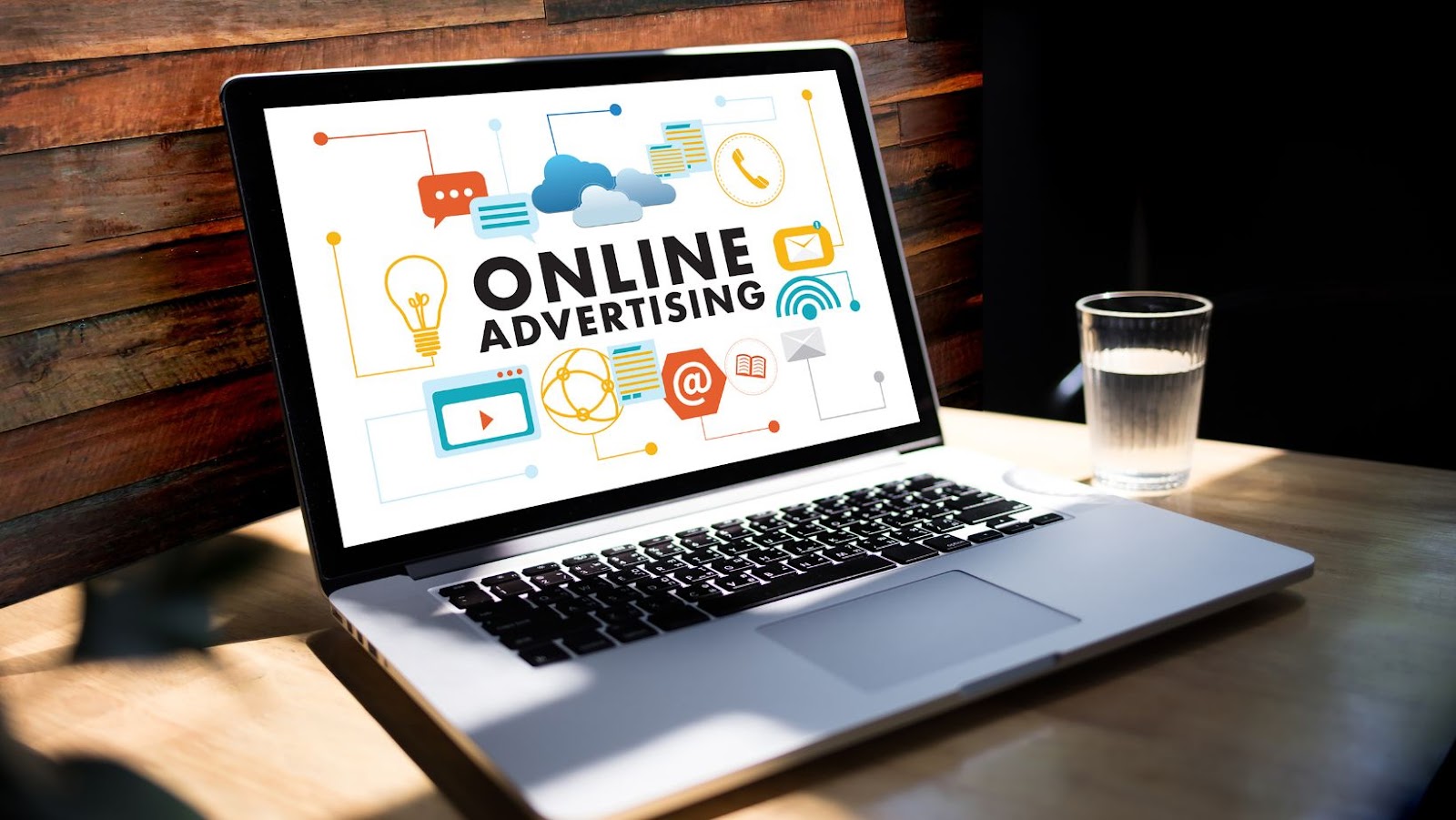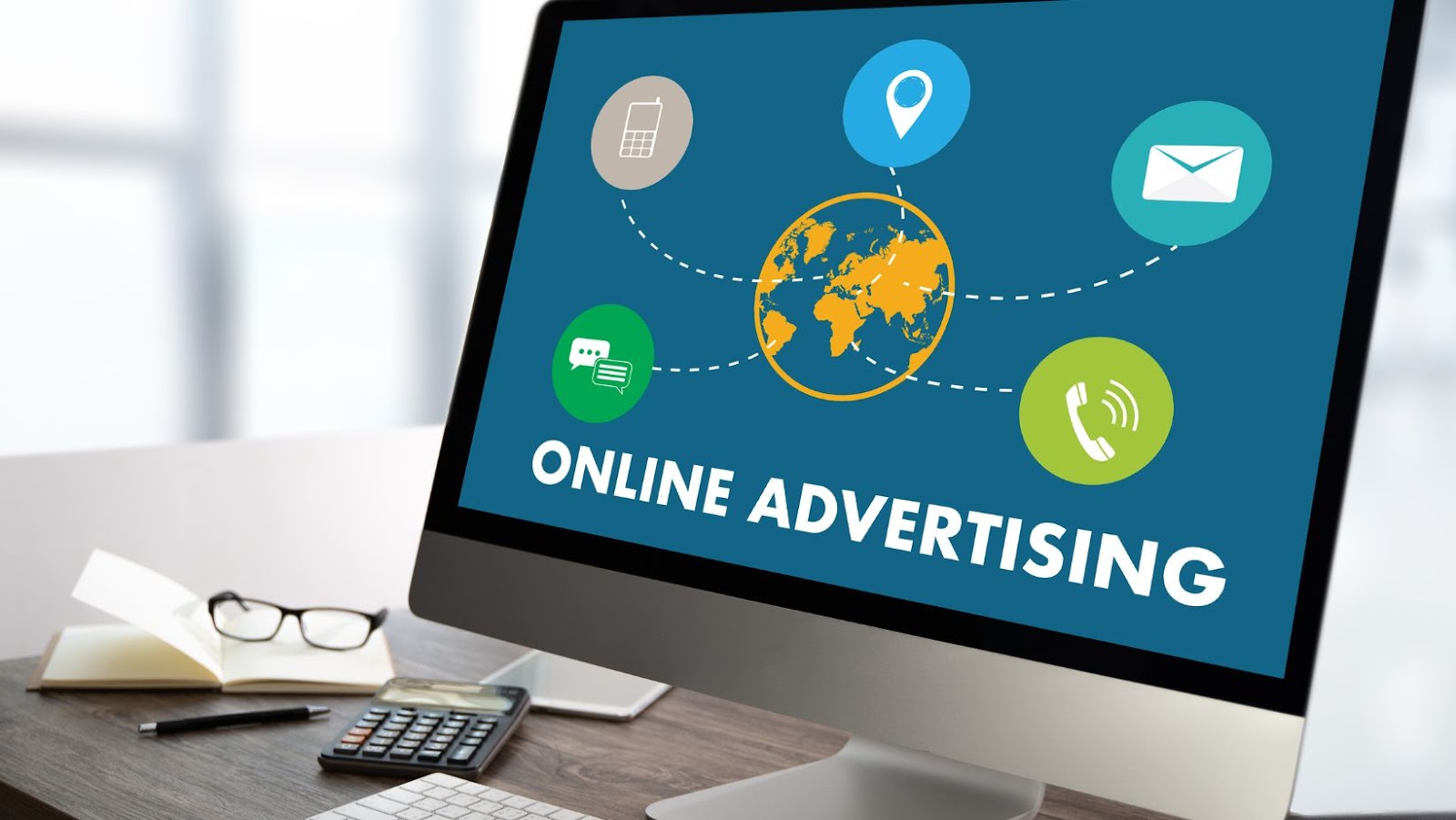 What are the Two Main Forms of Online Advertising?
What are the Two Main Forms of Online Advertising?
Online advertising revolutionized the way businesses connect with their audience. It overhauled traditional marketing practices, bringing a broad shift in how brands enhance visibility, driving traffic, and boosting sales. Two forms of online advertising stand at the forefront of this transformation: Search Engine Marketing (SEM) and Social Media Advertising.
Search engine marketing refers to the methods that businesses use to gain visibility in search engine results pages (SERPs). It encompasses two distinct strategies: Search Engine Optimization (SEO) and Pay Per Click (PPC) advertising.
SEO constitutes techniques that improve a website’s ranking in organic search results. Through keyword research, on-page optimization, and quality backlink acquisition, businesses enhance their visibility in SERPs. For instance, companies like Moz and SEMRush provide tools to aid in SEO efforts.
PPC advertising involves advertisers bidding on keywords to appear in the sponsored results section of SERPs. Advertisers pay a fee each time their ad gets clicked, hence the name. Google Ads is a clear example of a PPC platform used by businesses worldwide.
Social media advertising involves businesses leveraging social media platforms to reach their target audience. This strategy uses tailored ads based on user demographics, interests, and behaviors. Major social media platforms that offer advertisement opportunities include Facebook, Instagram, Twitter, LinkedIn, and Pinterest. Advertisers could customize campaigns based on their needs, such as brand awareness, website clicks, or lead generation. An example here includes Adidas’s Instagram ad campaign in 2015, which famously reached millions of users in a short time span.
 The Importance of Online Advertising
The Importance of Online Advertising
What are the Two Main Forms of Online Advertising? Online advertising harnesses the ever-growing power of the digital world, offering unique opportunities for businesses to engage their audience. This section sheds light on the benefits of online advertising and its impact on businesses.
Online advertising isn’t just about visibility—it provides a myriad of advantages. Firstly, it allows precise targeting, thereby increasing conversion rates. Businesses can reach specific demographics, tailoring ads based on individual preferences and interests—for example, age, location, and hobbies. Secondly, it offers real-time results, meaning businesses can analyze performance statistics instantly and update their strategies accordingly. Metrics such as click-through rates (CTR), impressions, and conversion rates become accessible instantly. Unlike traditional media, businesses can see what’s working and what’s not and make immediate changes.
Another notable benefit lies in cost-effectiveness. Online advertising, especially when utilizing techniques like Pay Per Click (PPC) and Social Media Advertising (SMA), tends to be less costly compared to traditional advertising channels like TV, radio, or print media. It provides an affordable opportunity for small businesses to compete with larger competitors without exceeding their budget.
From small enterprises to large corporates, online advertising has fortified their marketing strategies in multifaceted ways. Its capabilities have exceeded traditional boundaries, fostering growth and expansion across a global audience.
A primary implication of online advertising for businesses lies in improving sales revenue. By using targeted ads, companies not only reach a wider audience but also catalyze lead generation and propel conversions. This inevitably leads to increased customer acquisitions and, consequently, a boost in sales.
Online advertising also builds strong customer-business relationships. Tailored content tends to generate a more engaging user experience, resulting in meaningful customer interactions that retain existing customers and attract new ones.
 Introduction to the Two Main Forms of Online Advertising
Introduction to the Two Main Forms of Online Advertising
What are the Two Main Forms of Online Advertising? Online advertising, a pivotal aspect of digital marketing, operates largely via two predominant forms – Search Engine Marketing (SEM) and Social Media Advertising. Each form presents unique advantages, allowing businesses to effectively reach target audiences, enhance brand visibility, and drive considerable business growth.
SEM, a multifaceted online advertising methodology that includes Search Engine Optimization (SEO) and Pay Per Click (PPC) advertising, stands at the forefront of this digital revolution. SEO, a technical strategy, focuses on improving a website’s ranking in organic search results through rigorous keyword research and thoughtful on-page optimization. Simultaneously, PPC furnishes marketers with the ability to bid on keywords, enabling their advertisements to appear in sponsored search results. Advertisers pay a pre-specified fee for each click on these sponsored ads, offering immediate results in the form of website traffic.
On the other hand, Social Media Advertising leverages the power of social platforms like Facebook and Instagram. Advertising on these platforms allows businesses to reach their audience through tailored ads that match user demographics and preferences, ensuring ads reach those most likely to engage.